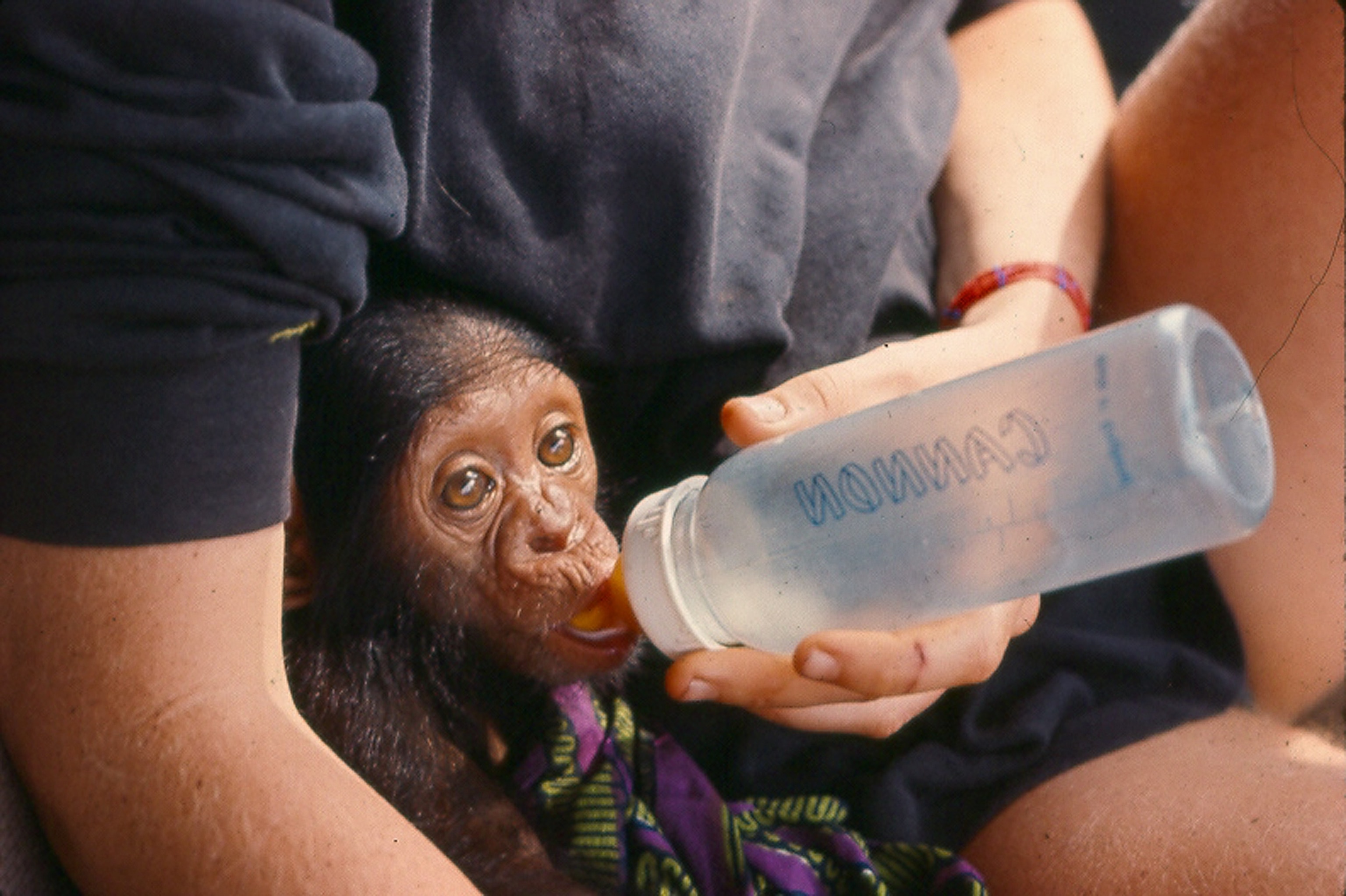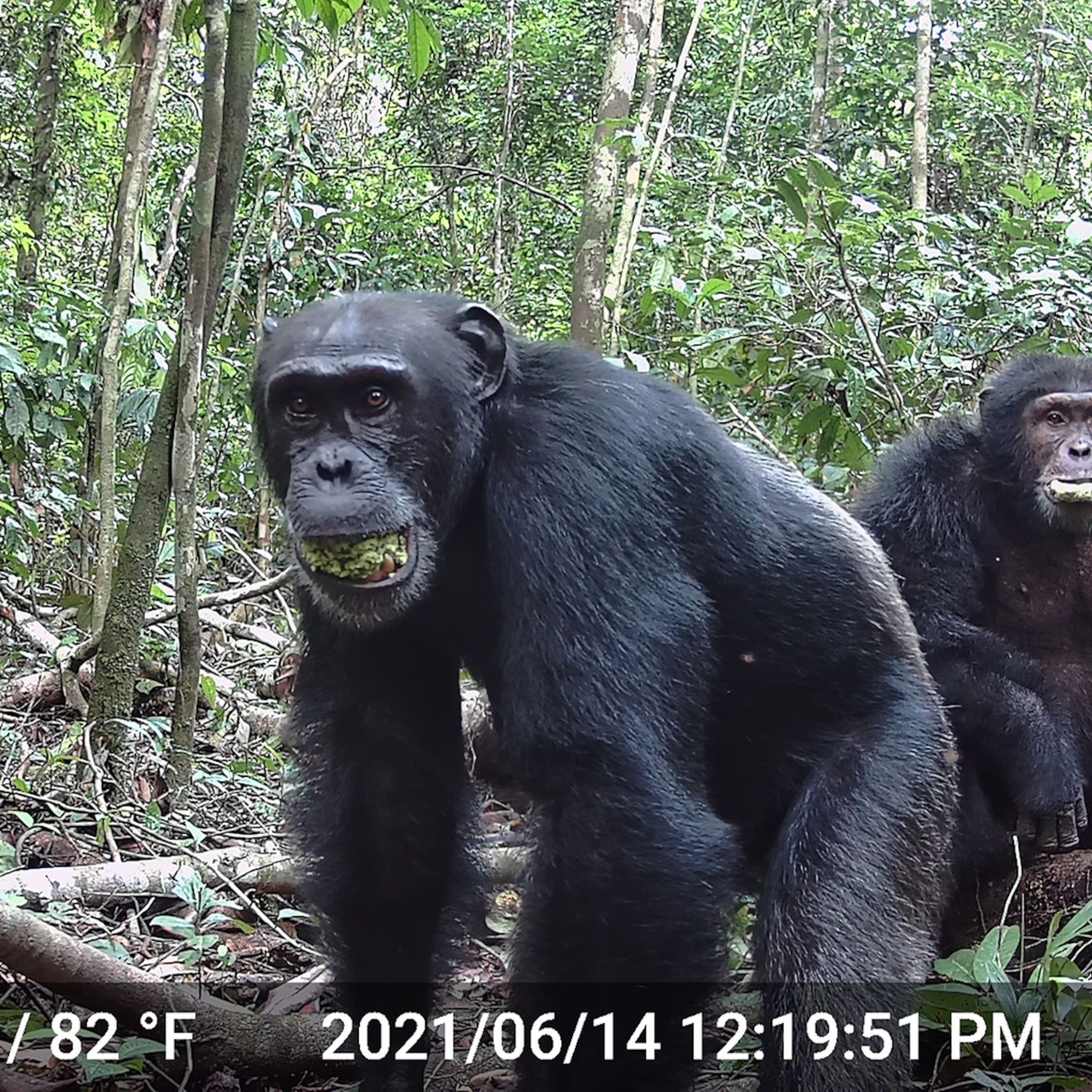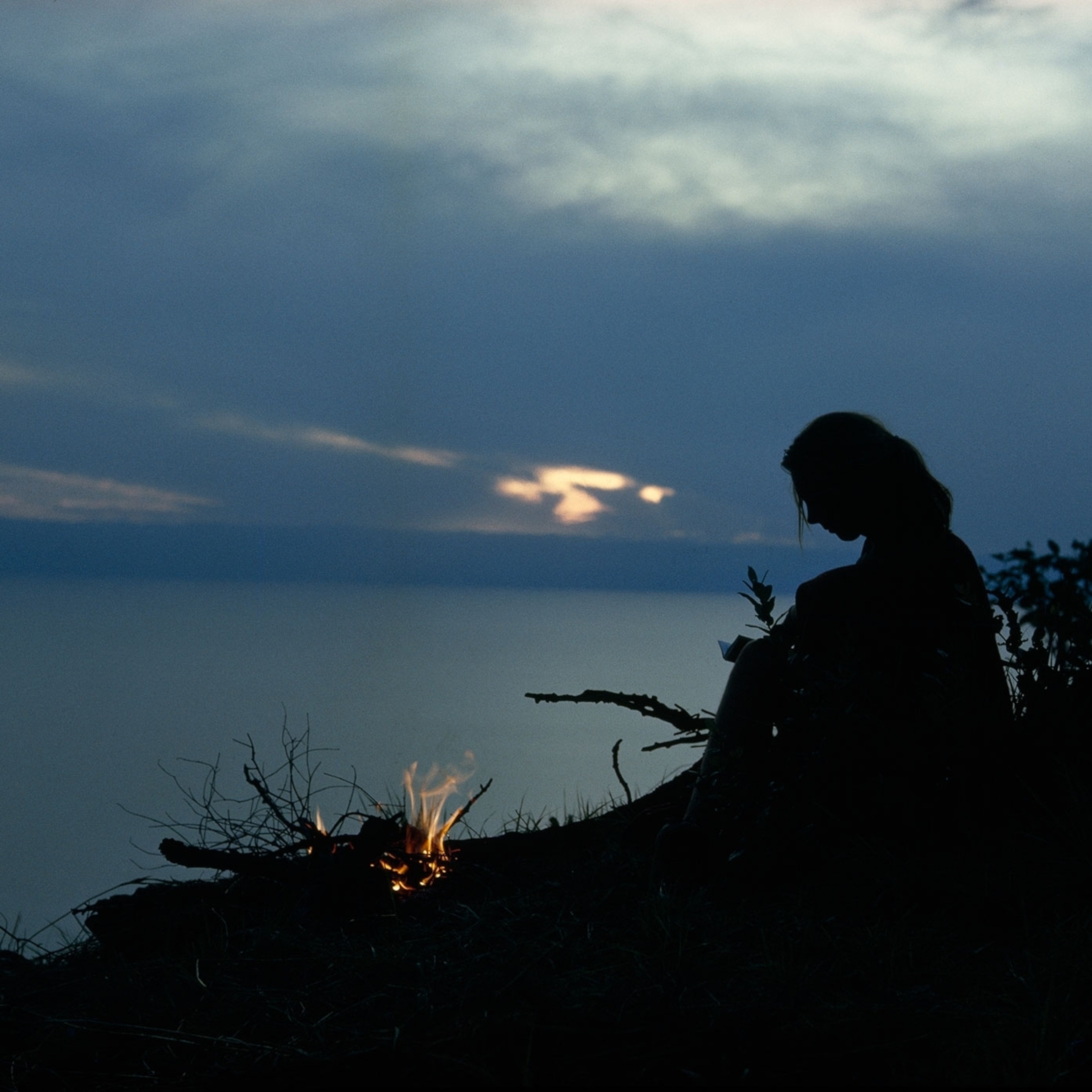
Long Journey of Kobi the Chimpanzee Ends in Retirement
A "tame" chimp that was part of the medical testing system finds new hope.
Kobi was born in 1972 in eastern Zaire, now the Democratic Republic of the Congo (see map).
Readers of National Geographic magazine were first introduced to the young chimpanzee in a May 1985 "On Assignment" piece. Award-winning author and photographer Robert Caputo recounted how he and a group of friends found baby Kobi for sale along the side of the road in Africa. Poachers had killed his mother but sold him as a pet because he was too small to eat.
"He was about a month old, and he would just cling to you. If we didn't buy him, he would die," Caputo told National Geographic. "We fed him milk from a wine bottle and named him Kobi."
"We traded him for an army blanket, two plastic eating bowls, and a pack of cigarettes," said Caputo's traveling companion, Sidney Morris.
"Kobi was an absolute delight, with a great personality," Caputo recalled of their weeks traveling with Kobi. "He would often sit on my head when I was walking around a village, very curious about the world.
"We reached Nairobi, where we got in touch with Louis Leakey, who put us in touch with Jane Goodall."
Life at Gombe Stream
After he arrived in Tanzania, Robert Caputo went on to shoot wildlife documentaries with Goodall's then-husband, Hugo van Lawick. Sidney Morris went on to Zambia, and their other fellow traveler, Jill Hartman, was hired by Goodall to take care of baby Kobi.
Kobi remained at Gombe Stream Game Reserve for several months. Goodall introduced Kobi to "celebrity chimps" Flo, Flint, and Fifi. He spent many of his days on fishing expeditions and in playpens with Goodall's own son, Hugo Eric Louis, known as Grub. The lingering question remained, however: what to do with Kobi in the long term?
In August 1972, Goodall wrote, "Poor little Kobi, I'm still half hoping he may join this group in the Gambia and then when he is older, be released with them," speaking of her friend Stella Marsden's plans for a groundbreaking chimpanzee rehabilitation program. But the program had not yet met with success.
"She took Kobi to Gombe in hopes of being able to reintroduce him into the wild," Caputo said of Goodall. "But because he is male and a stranger, the other chimps probably would have killed him. There was no place in Africa for orphaned chimps at the time, so Jane arranged for him to go to Tempe, Arizona."
Life on the Reservation
Paul Fritz was a chimpanzee trainer at the Phoenix Zoo. In 1968 he and his wife Jo took in three unwanted chimpanzees. Word got out quickly, and the couple were soon the recipients of dozens of former pets, circus performers, and laboratory subjects.
For a short period, the chimps lived with them in their apartment, but the animals were soon moved to a chicken farm for more space. In 1970 the Fritzes formed the Primate Foundation of Arizona (PFA), which was perhaps the first official nonprofit chimpanzee sanctuary in the country.
Kobi arrived in late 1972 and lived in the farmhouse with Paul and Jo. Kobi wore shirts, drank soft drinks, and slept on a sofa. He was terrified of the other chimps and so couldn't be caged with them.
"He has the same rules living in the house as a little child," Jo said then, "except he has more freedom."
In 1973 PFA moved into the 1914 ruins of a hydroelectric power plant on a reservation owned by the Salt River Pima-Maricopa Indian Community. The semi-underground facility outside Tempe, surrounded by rocky desert and saguaro cactus and overlooked by Red Mountain, was a unique place to house a growing colony of chimps.
Kobi's life with the other chimps behind bars in the new colony was now markedly different. He was no longer treated like a human child, but was this the life of a chimpanzee?
Each chimp in the colony had its own remarkable story. Tang grew up as a human child with her own room, bed, clothes, and toys, but when she grew jealous and mauled her human "brother" she was sent with her own suitcase to PFA. Simba performed in the Ice Capades and once appeared on the Osmonds' TV show. He also had an obnoxious fetish for women in boots. Tanya smoked marijuana and rode a motorcycle with her former owner.
After the chimps were dropped off to live at PFA, some of their previous owners would send occasional donations to help subsidize their care. In most cases, however, these donations dropped off quickly.
As the population at PFA grew, the Fritzes struggled financially to care for Kobi and the other chimps. The couple lived on food stamps, and much of the food for the chimps was donated by grocery stores.
A Life Devoted to Research
To help subsidize the cost of the chimps' care, the Fritzes turned to biomedical research programs in the mid-1980s. At first chimps were leased to the Laboratory for Experimental Medicine and Surgery in Primates (LEMSIP) in New York, where they were used in hepatitis vaccine trials.
In 1986 PFA became one of five chimpanzee breeding colonies under the National Institutes of Health's National Center for Research Resources. Chimpanzees were bred to be biological models for HIV/AIDS research. Kobi would sire ten offspring.
However, by 1995, the NIH put a moratorium on chimpanzee breeding after it was determined that the need for a research population had been greatly overestimated. It appeared that although chimps do contract HIV, they do not develop AIDS, making them less valuable for research (more recent studies have somewhat reversed this conclusion).
PFA's switch from sanctuary to NIH laboratory was controversial, but Jo Fritz was unapologetic about the use of chimpanzees in biomedical research. However, her concern for them as individuals was evident.
Apart from a few chimps that were subjected to vaccine trials and intrauterine device (birth control) testing, the chimps at PFA were not used for medical experimentation. Instead, they were used as case studies for improvement in the quality of life and management of captive chimpanzees.
By 2000, the NIH began downsizing its chimpanzee programs as their necessity subsided and public pressure to end them grew.
In 2006, Jo Fritz announced that PFA would close its doors and all the chimps would be transferred to the MD Anderson Cancer Center's Keeling Center for Comparative Medicine and Research in Bastrop, Texas.
Life Is Bigger and Better in Texas
Between 2007 and 2010, Kobi and the other 70 PFA chimps were sent to Bastrop to join more than 100 other chimps at the NIH-funded colony.
Conditions at Bastrop were an improvement for Kobi and the others. They were housed in larger social groups and had increased outdoor access, more living space, and more opportunity for play and interaction.
In late June 2013, the NIH announced that it will considerably downsize its chimpanzee research program, retiring 300 of the 350 chimps that it currently owns or supports to the national chimpanzee sanctuary system. The 50 chimps retained in the program must be under the age of 30. (See "Fewer Chimpanzees Will Be Used in U.S. Research.")
Kobi, now 41, will finally go into retirement, where he could conceivably enjoy another few decades of life.
A caregiver from PFA, Rachel Malling Haller, continues to watch over Kobi in Texas. Sidney Morris, who saved his life as a baby, has visited him twice in Arizona and hopes to celebrate Kobi's retirement with him in the future.
Jane Goodall could not be reached for comment.
Adam Bray was a caregiver for Kobi at the Primate Foundation of Arizona in 1998 and 1999. He writes frequently for CNN Travel and has contributed to more than 30 books on travel in Asia. Follow him on twitter at @fisheggtree.







